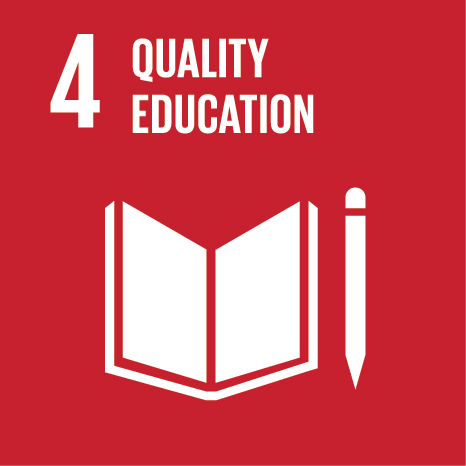Ciência-IUL
Publications
Publication Detailed Description
Modern Tropical Interiors in Africa: Carlota Quintanilha's training and practice (1948-1966)
Book Title
Modernist women interior designers and artists: to deepen the reading of the different expressions of female creativity
Year (definitive publication)
2024
Language
English
Country
Portugal
More Information
--
Web of Science®
This publication is not indexed in Web of Science®
Scopus
This publication is not indexed in Scopus
Google Scholar
This publication is not indexed in Google Scholar
Abstract
Narratives about women architects have often highlighted their invisibility outside the focus given by historiography to their male colleagues, resulting in a void in their mapping as autonomous agents in architectural performance. This scenario has significant parallels with Maria Carlota Quintanilha’s path, who finished her degree at the Porto School of Fine Arts in 1953 and chose to design a kindergarten for her final exam (CODA). In this student project, Quintanilha rehearsed her first approaches to modern interiors, being arguable that the interior design of this school building for the Portuguese town of Vila de Rei had strong repercussions on later projects in Mozambique (1956-1966). This paper will analyse the interior design of these African buildings and draw a connection between her training and the modernist language being disseminated by the Porto school at that time. It will be discussed how Quintanilha positioned herself about this setting as, in later testimonies, she attributed her affinity to modern culture to meeting her future husband when they were both students in Porto. This vision belies the idea, later constructed in the historiography, that she was overshadowed by her husband. Her career, however, extended beyond her future partner, as she had working relationships with other architects who also engaged in modern architecture. The historiography focused on Quintanilha has not yet explored these relationships. Quintanilha wrote few known texts on architecture, and the Memória Descritiva [written description] of her CODA is one of the most important references to her modern thinking. Her awareness of what was meant by a modern interior was reflected in the work she built in northern Mozambique, and a comparative analysis of her training and practice in interior design may well enhance Quintanilha’s standing in African and Portuguese architectural culture.
Acknowledgements
--
Keywords
Fields of Science and Technology Classification
- Other Humanities - Humanities
Funding Records
| Funding Reference | Funding Entity |
|---|---|
| 10.54499/2022.01720.PTDC | Fundação para a Ciência e Tecnologia |
Contributions to the Sustainable Development Goals of the United Nations
With the objective to increase the research activity directed towards the achievement of the United Nations 2030 Sustainable Development Goals, the possibility of associating scientific publications with the Sustainable Development Goals is now available in Ciência-IUL. These are the Sustainable Development Goals identified by the author(s) for this publication. For more detailed information on the Sustainable Development Goals, click here.

 Português
Português


